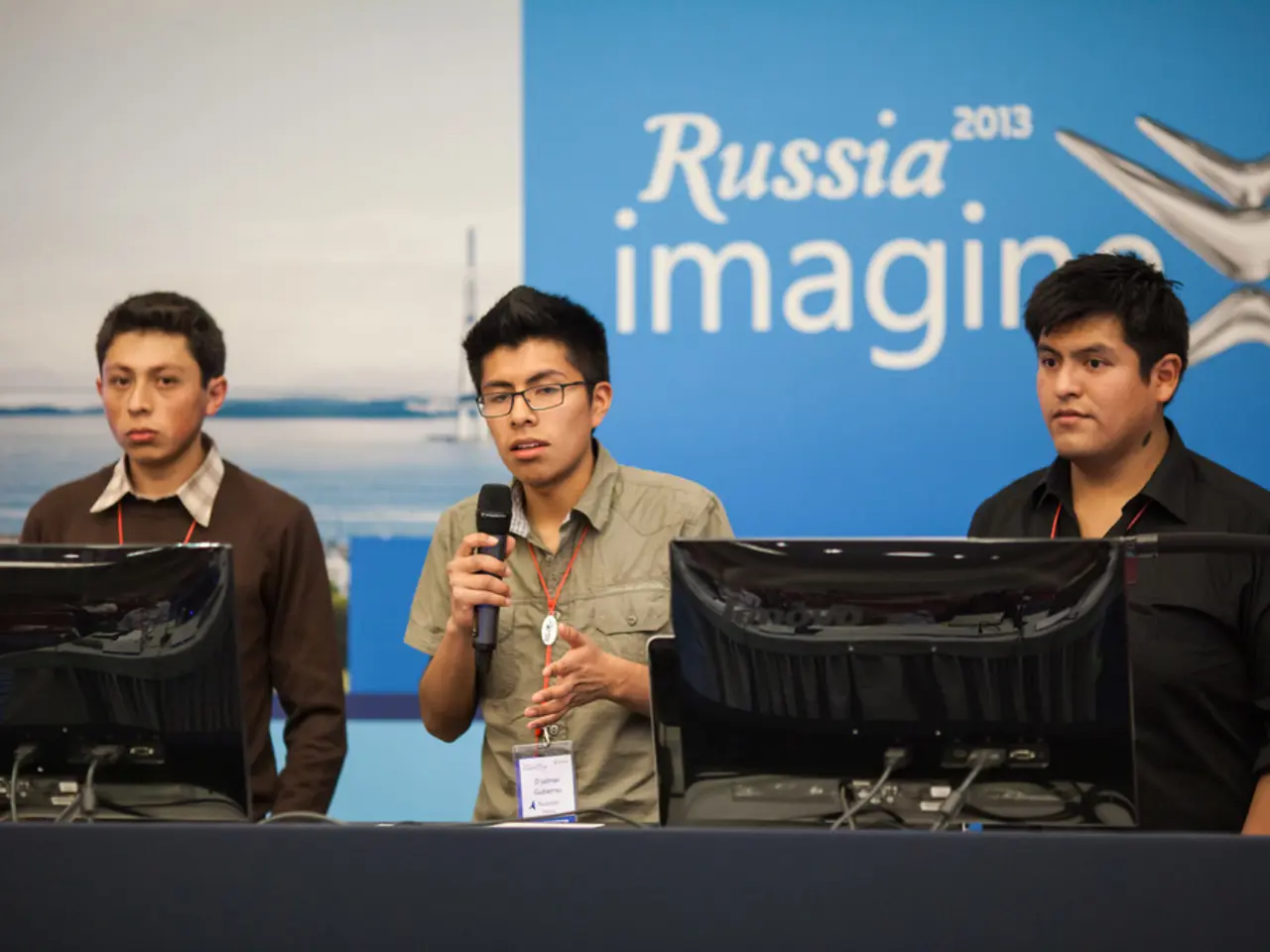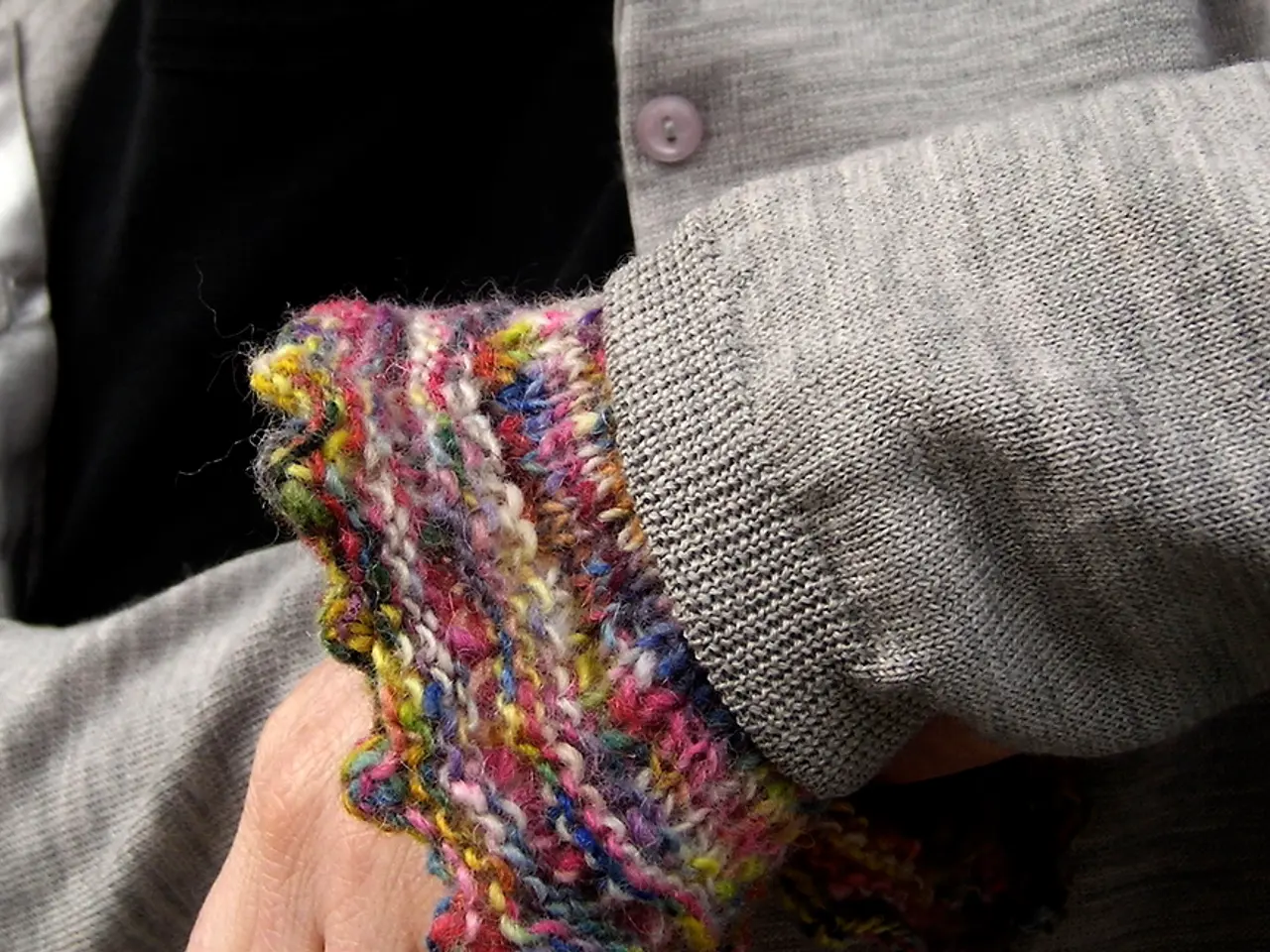Military trainees face altered Physical Training routines due to a comprehensive overhaul in Basic Military Training (BMT)
The United States Air Force has tightened its physical training requirements for Basic Military Training (BMT) and technical school trainees, as part of a broader shift towards more demanding, hands-on training that prepares Airmen for real combat scenarios.
Previously, trainees who failed part of the minimum fitness test (pushups, sit-ups, or 1.5-mile run) could retest using alternative exercise methods, such as hand-release pushups or a high-aerobic multi-shuttle run. However, a recent policy change in April 2023 has eliminated this flexibility. Trainees must now retake the entire test to meet the minimum standard.
This policy change is part of a "complete rewrite" of the BMT curriculum, aiming to increase physical training and emphasise the "skills needed to defend, operate, generate, and sustain air and space power" in a more realistic, conflict-prepared environment.
Maj. Gen. Wolfe Davidson, the Air Force Deputy Chief of Staff for Manpower, Personnel, and Services, has emphasised the need for Airmen to shift their mindset from "I'm not the person pulling the trigger" to "what is it that I do that's going to contribute to our success". This sentiment is echoed by Chief Master Sergeant of the Air Force David A. Flosi, who has emphasised the importance of Airmen being physically fit for combat, as tensions between Israel and Iran escalate.
The new BMT curriculum focuses on smaller training groups and hands-on learning, with trainees working in teams of 12-15 instead of 50, and exercising for 90 minutes daily. BMT trainees must take the physical training test at least three times, during the first, third, and fifth weeks of training.
Recent deployments to Europe and the Middle East have highlighted the need for Airmen to be prepared for potential combat situations. As a result, upcoming PT tests may include a two-mile run, and Airmen may need to take the assessment twice a year instead of once. The Air Force's emphasis on a stronger warrior ethos is evident in these changes, as it strives to align initial training more closely with combat readiness demands.
No final decisions have been announced regarding the changes in PT tests, but the Air Force's commitment to preparing Airmen for future conflict is clear. The new BMT curriculum aims to prepare Airmen for potential combat in isolated airfields exposed to enemy attack, ensuring that they are physically and mentally ready to respond to any situation.
The heightened emphasis on combat readiness within the Air Force has extended to the proposal of a Space Force, aiming to prioritize space as a critical battleground and incorporate aircraft designed for space operations. This move is reflective of the sports-like approach of pitting military forces in a competitive environment, with each branch striving for excellence and superiority. The new BMT curriculum, incorporating team-based, hands-on learning and rigorous physical training, mirrors the discipline and mentality required for both air and space force operations.







